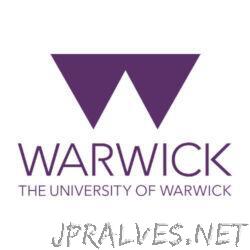Other

“Ferromagnetic materials have a self-generating magnetic field, ferroelectric materials generate their own electrical field. Although electric and magnetic fields are related, physics tells us that they are very different classes of material. Now the discovery by University of Warwick-led scientists …

“- Most high-value chemicals are currently produced using fossil fuels - industrial chemistry’s use of petroleum accounts for 14% of all greenhouse gas emissions. - An exciting alternative is to engineer bacteria as “cell-factories” with a genetic switch that reroutes their chemistry …
News Highly efficient grid-scale electricity storage at fifth of cost - researchers modify hybrid flow battery electrodes with nanomaterials
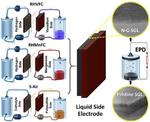
“Researchers in WMG at the University of Warwick, in collaboration with Imperial College London, have found a way to enhance hybrid flow batteries and their commercial use. The new approach can store electricity in these batteries for very long durations …

“Giant planets that developed early in a star system’s life could solve a mystery of why spiral structures are not observed in young protoplanetary discs, according to a new study by University of Warwick astronomers. The research, published today …
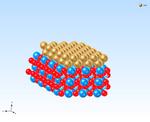
“A touch of gold - or another noble metal – can change the structure of a crystal and its intrinsic properties, physicists at the University of Warwick have demonstrated in a display of modern-day alchemy. Scientists from the Department of Physics and …
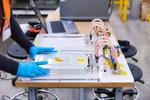
“- When electric vehicles end their life the remaining storage capacity of the lithium battery is expected to be higher than 70%. After this, they can be reused for less demanding “second life” applications such as domestic and industrial energy storage …

“Quantum computers can potentially answer questions beyond the capabilities of classical computing – but their answers might not be reliable University of Warwick scientists have developed a protocol for quantum computers to measure how close their answers are to the correct …

“- A 3D printed bionic hand can be made to measure thanks to engineers at WMG, University of Warwick and a collaboration of other companies. - The 3D printed hand incorporates muscle sensors to control an articulated thumb, enabling it to function …

“· Discovery by University of Warwick scientists challenges accepted rule of organic solar cell design · Could help to bring about low cost, flexible and stable organic solar cells for use on vehicles, curved surfaces and windows · Reducing surface area of electrodes …
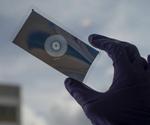
“· Patterning metals for electronics and solar cells can be slow, expensive and involve toxic chemicals · Scientists from the Department of Chemistry at the University of Warwick have developed a way to make patterned films of silver and copper (the two …

